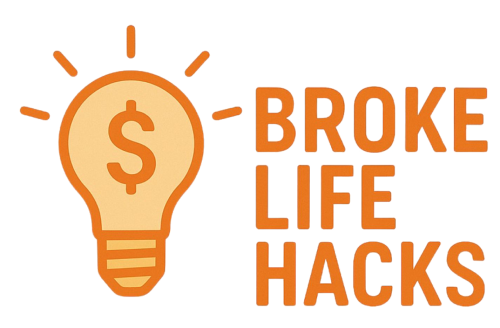Ah, retail—the glamorous world where shelves are stocked, shoppers are thrilled, and everyone pretends to love folding shirts on a Saturday afternoon. But lo and behold! The COVID-19 pandemic has thrown a sizable, shelf-stacking monkey wrench in the gears of this well-oiled machine. Now, retailers are scrambling to rehire their disgruntled workers while also figuring out how to make in-store shopping feel like a spa day. Spoiler alert: It’s not going to happen.
As consumers start to yearn for the days when shopping meant something other than endless scrolling on their phones, retailers are pouring time and money into curbside pick-ups and “dark stores”—because who wouldn’t love shopping in a place that you can’t actually enter? Suddenly, brick-and-mortar shops are transforming into highly specialized fulfillment centers, as if they were auditioning for a role in a low-budget sci-fi film. But fear not! With a sprinkle of radio-frequency identification (RFID), retailers believe they can unlock growth like a magician pulling rabbits out of non-existent hats, promising to enhance stockout management and reduce labor hours. It sounds like magic, doesn’t it?
Is that an RFID chip in your pocket or are you just happy to see me?
The concept of RFID is like that friend you kind of forgot about but who suddenly shows up at a party with boasting tales of their “incredible new life.” Retail stores, once demoted to sidekicks in the omnichannel shopping saga, are now front and center, reinventing themselves as the most profitable last-mile delivery options. Talk about a glow-up!
But hold onto your shopping carts! The evolving demands of consumers mean that traditional tasks will need a total makeover—think of it as retail’s version of a reality TV transformation show. Old systems and processes will have to be shifted into high gear to accommodate fancy items like omnichannel fulfillment and in-store technologies while still pretending to care about how your shopping experience makes you feel.
RFID: A blast from the past that just won’t die
After sitting in the tech incubator for nearly two decades, RFID is strutting back into the spotlight. With costs plummeting faster than your self-esteem on a Monday morning, and read accuracy soaring above congressional approval ratings, RFID is ready to take center stage. It promises to tackle the very modern issues that plague today’s retailers: poor inventory management and unforgiving stockouts.
One thing to note: implementing RFID may require as much finesse as a cat on a hot tin roof. Every product design is different, and you’ll need to work your retail magic to ensure everything plays nicely together. But hey, if it means saving money, isn’t that worth the trouble?
Just when you thought it couldn’t get worse… it did
Now for the harsh reality check—the average cost of an RFID tag has dropped 80 percent. Yes, you read that right. And yet, retailers think they can use that “saved” money to throw extravagant parties and declare it a success. Thanks to revolutionary technology, inventory accuracy has improved by a whopping 25%, which is great until you realize you still can’t keep items on the shelves during holiday sales.
But the excitement doesn’t stop there; retailers like lululemon have joined the fad, leveraging RFID to pull inventory reports that would make a Fortune 500 CEO weep with joy. So who needs complex supply chains when you have a little chip running around with all the answers?
Show me the money! Oh, wait…
Companies are definitely picking up on the potential of RFID while leaving their traditional business models at the door, either lost or rethinking their choices. But here’s the kicker—customers deserve a seamless shopping experience, which naturally leads to a more intricate setup. No pressure, right? Think of it as the ultimate balancing act of a retail circus. You’ll need to tweak everything, from product design to supply chain management, all while staying on your toes in a pandemic-dominated marketplace.
So, as retailers emerge from their lockdown hibernation, let’s remember: the winds of change can be fierce, but so can the creative solutions. With RFID technology, not only can retailers unlock savings, but they can also serve a large helping of customer satisfaction—provided they’re willing to put in the effort and maybe toss in a prayer or two.

